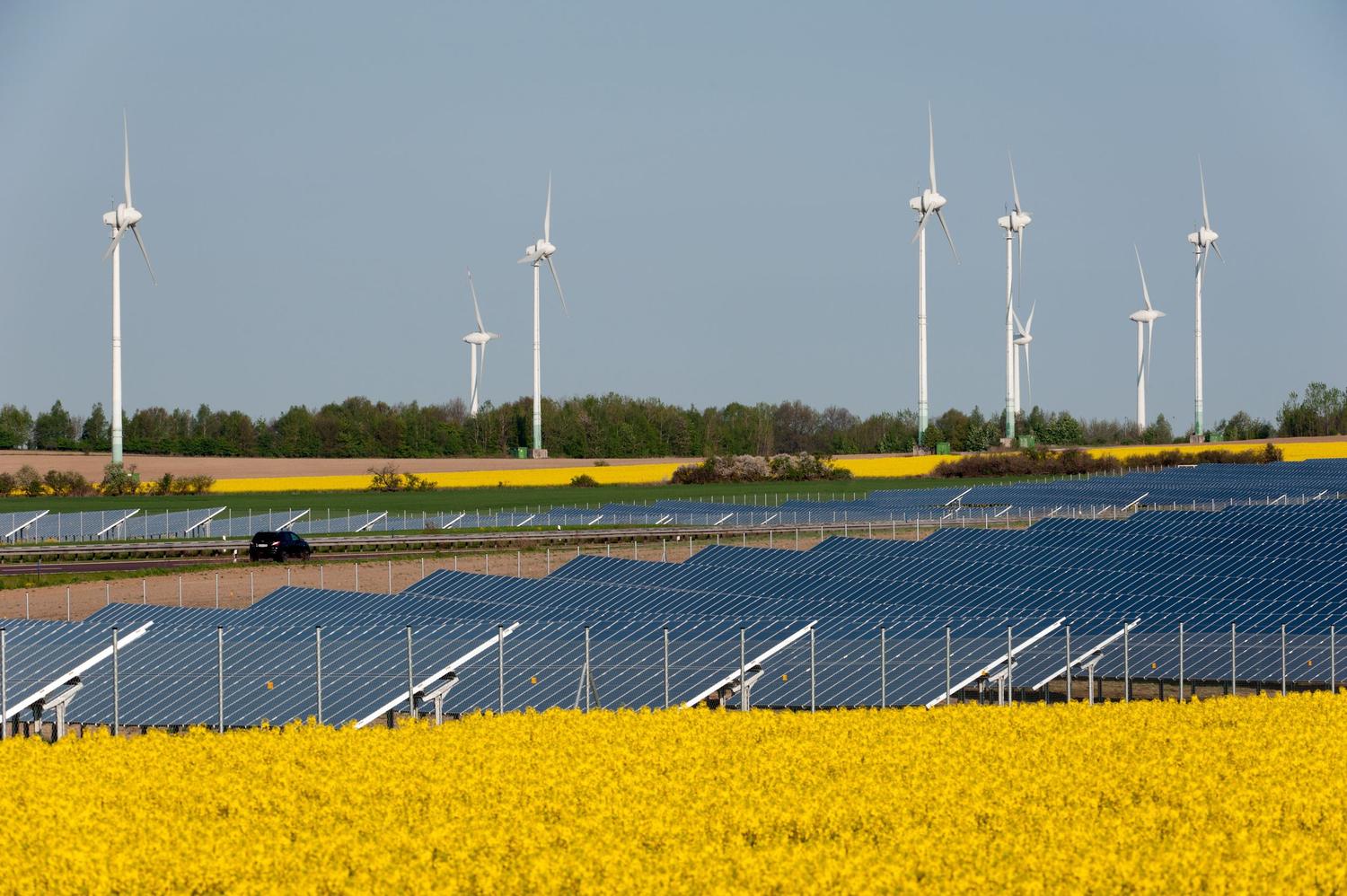Subsidy: a grant by a government to a private person or company to assist an enterprise deemed advantageous to the public.
The US federal government, several state governments and numerous local governments offer subsidies to assist various aspects of the energy system transition being undertaken in response to climate change. These subsidies are offered for wind and solar generation, electricity storage, electric vehicles, electric vehicle charging stations, and electric appliances and equipment. These subsidies reduce the individual transaction costs for the purchasers of the various devices. However, they also increase the societal cost of the transition.
Wind and solar generation facilities, whether for grid-scale applications or site-specific applications, displace some portion of the output of the existing electric power generation fleet during periods when the wind is blowing and/or the sun is shining. The existing power generation fleet provides the remainder of the grid demand when wind and solar generation are operating and all of the grid demand when wind and solar generation are not operating. Therefore, the subsidies provided for wind and solar generation facilities incentivize the installation of redundant generation facilities, increasing the total cost of the electric generation fleet and thus, the societal cost of electricity.
The cost of wind and solar facilities includes both equipment and installation costs, which are borne by the owners of the facilities. The subsidies available reduce the owners' transaction costs, but not the real cost of the facilities. The subsidies provided by government add to the societal costs of the facilities. These subsidies must be funded either by offsetting reductions in other government programs, increased taxation or incremental government borrowing.
The available subsidies for electric vehicles (EVs) function similarly. The vehicle manufacturer offers the EV to the market at a price which includes its costs and profit. The subsidies reduce the purchasers’ transaction costs, but not the cost and price of the vehicle. The subsidies add to the societal cost of the transaction. For example, an EV with a MSRP of $60,000 is sold to the purchaser at that price. The purchaser then receives a tax credit of $7,500. This reduces the purchaser’s net transaction price to $52,500, but increases the societal cost of the transaction to $67,500. Again, these subsidies must be funded either by offsetting reductions in other government programs, increased taxation or incremental government borrowing. The same is the case for the subsidization of EV charging infrastructure.
The recent subsidies offered for the purchase of electric appliances and equipment under the “Inflation Reduction Act” are intended to incentivize the purchase of electric heat pumps, water heaters, ranges, laundry dryers and similar residential and commercial equipment. These subsidies are intended to “kick-start” the transition to “all-electric everything” intended by 2050.
Most of the government funding for subsidies to support the transition to renewable electricity generation and “all-electric everything” is coming from incremental borrowing, adding to the existing federal deficit. This borrowing injects additional money into the economy, likely increasing rather than reducing inflation.
